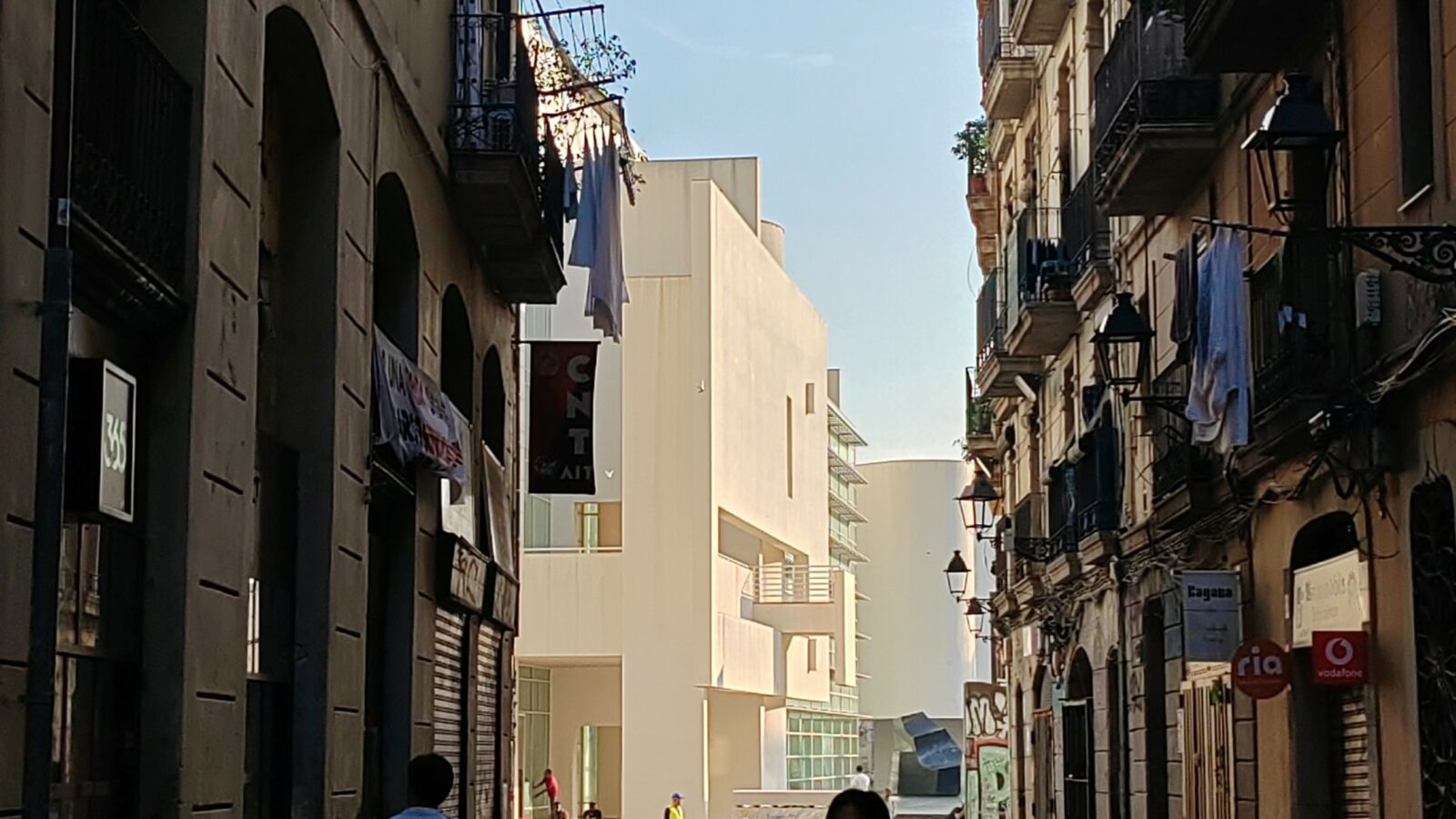The Importance of Public Engagement
What use is a proposed design, without proper engagement with the community beforehand?
|
Moffat Public Engagement Working alongside Moffat and District Community Council, HarrisonStevens are developing a landscape masterplan for Moffat High Street, just North of the border. Partnering with Sustrans, the project aims to improve cycle connections and increase active travel, provide surface improvements, improve crossing points in the High Street and offer significant improvements to the public realm in the High Street through placemaking and landscape design. As part of the first phase of the project, HarrisonStevens undertook a series of public engagement events that were designed and tailored to three themes that best outline Moffat’s character: – Cultural Moffat – Productive Moffat – Active Moffat The themes took precedent in a series of ‘parklet’ events, whereby existing parking bays in front of the Town Hall were occupied by a themed public engagement event space. The concept took inspiration from the use of Guerrilla ‘parklets’ used in previous landscape projects and asked the question of whether the existing High Street parking could be used more optimally – aiding an improved and more accessible public realm within the High Street. The events took place over a period of three weeks and were flexible in time, which allowed for the participation of all ages and abilities around work and school. The first event (Cultural Moffat) was received well by the public. It provided an opportunity for the design team to engage with the town’s historical nature, whilst introducing the new ‘RAM’ (Revitalised Accessible Moffat) project identity to participants. As a means of introducing RAM, the team used chalk spray to spread small templates of ‘Mo’ (as we’d named him) around the event area, which intrigued locals and began to form an identity for the event space. The introduction of Mo’s identity was successful in encouraging wider participation from locals who, perhaps, may not have joined in previously. The event space was complemented with interactive feedback points including post-it notes, questionnaires and ‘Design your own Moffat’ magnet boards and plans. In addition, a small exhibition of the local artefacts from the Town Museum was on display, adding to the heritage and culture aspect of the event. ‘Productive Moffat’ featured collaboration with Artists Waveparticle, who brought along engagement prompts such as the Productive themed chairs and other feedback prompts. Despite the weather being temperamental on the day, event 2 saw increased feedback and completed questionnaires from the public. By event 3, the team had engaged with most of the locals, so the event space began to quiet down a little. The event encouraged the last of the questionnaires to be returned and provided useful interactions with members of the public and local councillors. The local cricket and tennis clubs were also involved. The trio of themed events was an excellent way to compliment the previous engagements in Moffat where the team used questionnaires and door dropped flyers to gain an initial response from locals. The process was successful in gaining vital insights to the local vision for the High Street and identified numerous opportunities from which to build our initial design iterations. Of the three events, 316 Questionnaires were received: – 9 were emailed – 108 were completed and handed in – 112 completed the online survey – 79 completed on post-it notes – 8 completed on interactive ‘Plan your own Moffat’ maps. At Harrisonstevens, we believe a thorough engagement process at the early stage of a project pays dividends in the long run. After all, we are designing landscapes for people to use, so it is essential that we cater to their needs in the long term, rather than prioritising unsustainable short-term profits. Landscape is a unique area of design and, executed correctly, has numerous environmental, health, social and economic benefits. Spending quality time engaging with its users, therefore, proves vital in understanding the narrative behind our design intentions and how it can improve the exterior environments of the modern-day. |





